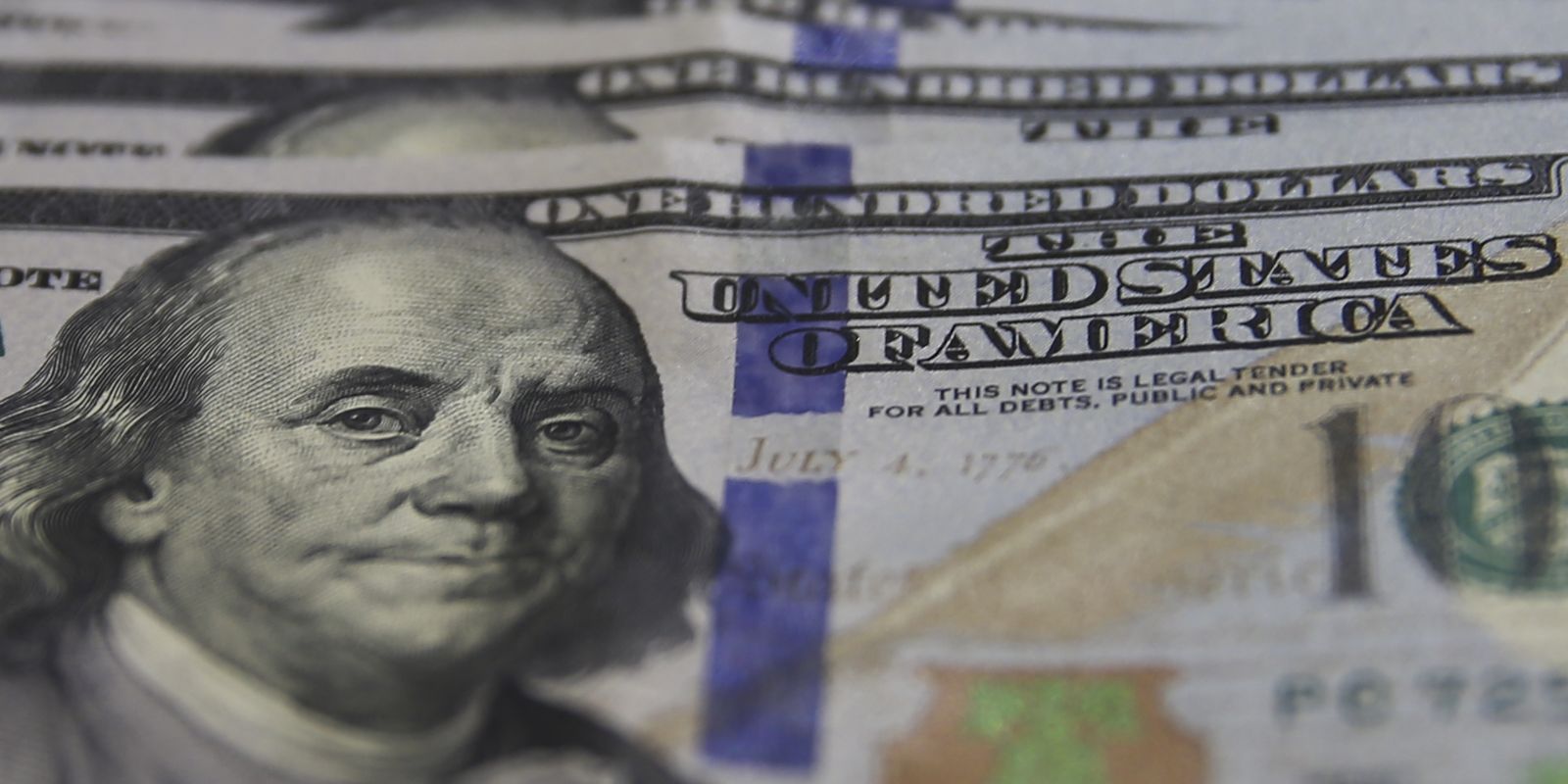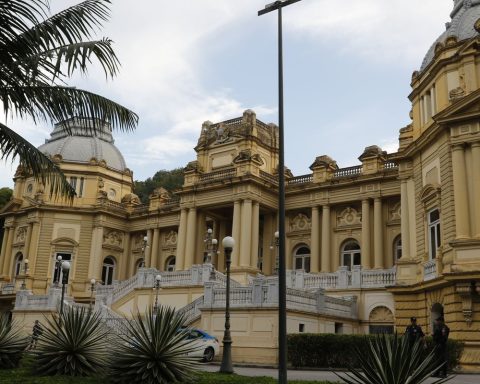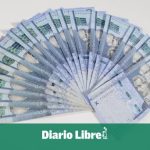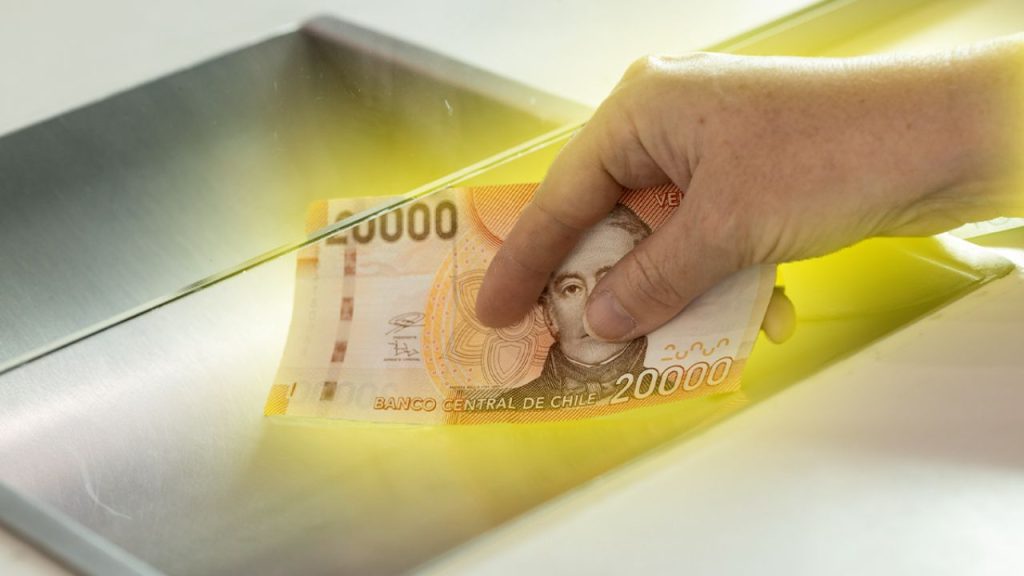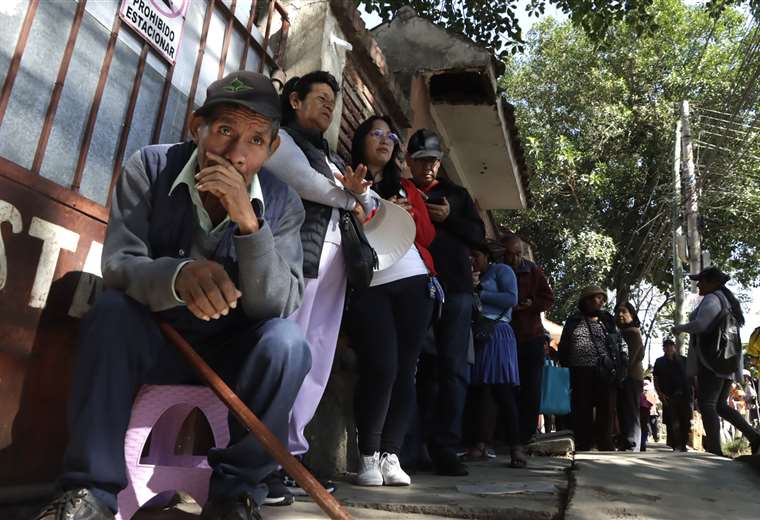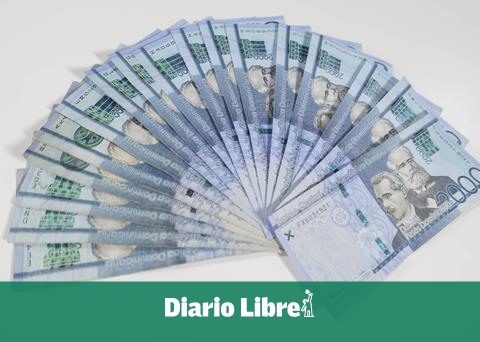In yet another day of tensions on the international market, the dollar rose for the fourth time in a row and surpassed R$5.60 this Thursday (29). The Stock Exchange (B3) fell almost 1%, one day after breaking a historic record.
The commercial dollar closed the day trading at R$5.623, up R$0.067 (+1.2%). The price was up throughout the session, but soared after the opening of the US markets. At the day’s high, around 11:30 am, it reached R$5.66.
In the last four sessions alone, the dollar has risen 2.63%. The currency is expected to rise 15.87% in 2024.
The stock market was also tense today. The Ibovespa index, from B3, closed at 136,041 points, down 0.95%. One day after the index closed above 137,000 points for the first time, investors took advantage of the opportunity to take profits, selling shares to pocket gains.
The release of data showing the US economy is heating up has caused the dollar to rise worldwide. Gross Domestic Product (GDP – the sum of wealth produced – grew 3% in the United States in the second quarter, above expectations. Jobless claims last week were slightly below forecast.
Fears
Although the performance dispels fears of a recession in the world’s largest economy, which caused global turmoil in the financial markets earlier this month, the increase in US activity is encouraging higher rates on the country’s Treasury bonds, considered the safest investments in the world. This is encouraging the migration of resources from emerging countries to the United States.
In Brazil, investors continued to react to the appointment of the Central Bank’s Director of Monetary Policy, Gabriel Galípoloto command the monetary authority from next year and expectations for the publication of the 2025 Budget project, scheduled to be sent to Congress by Saturday (31).
At the same time, the dollar rose based on the formation of the Ptax rate, an exchange rate that serves as a reference for the government and is set at the end of each month. This rate defines, for example, the conversion of international reserves and the portion of public debt indexed to the US dollar.
* With information from Reuters
